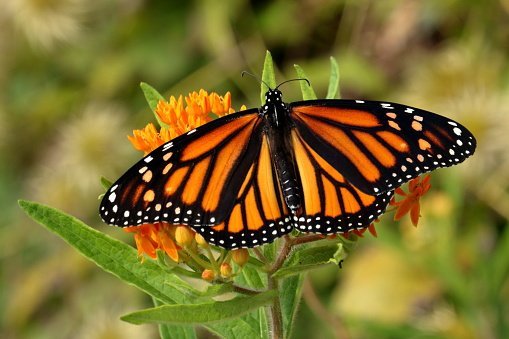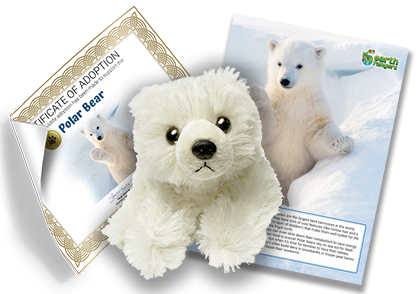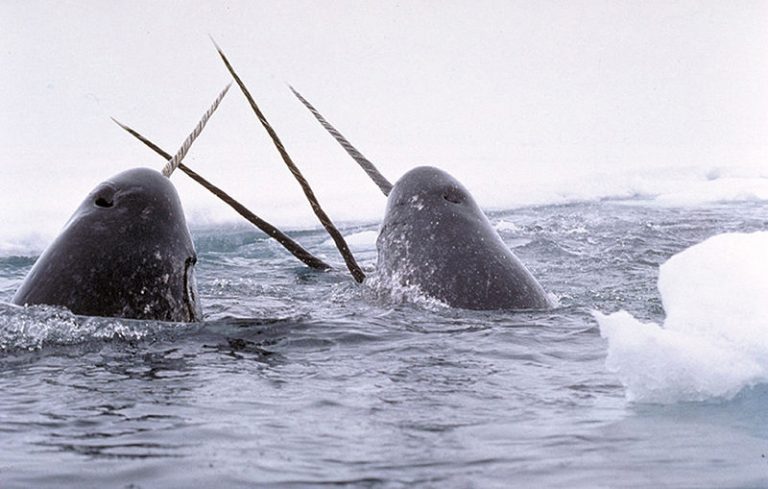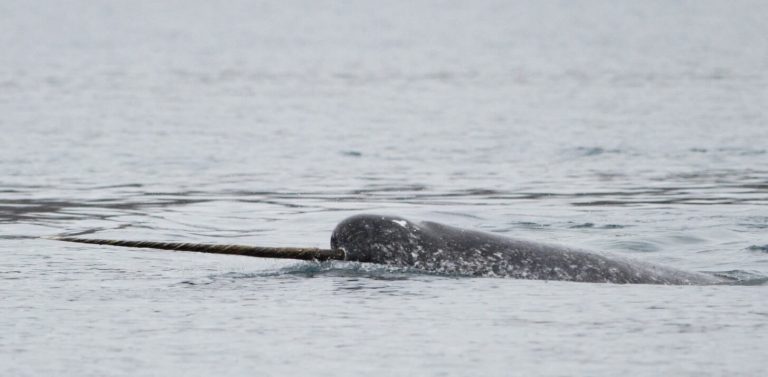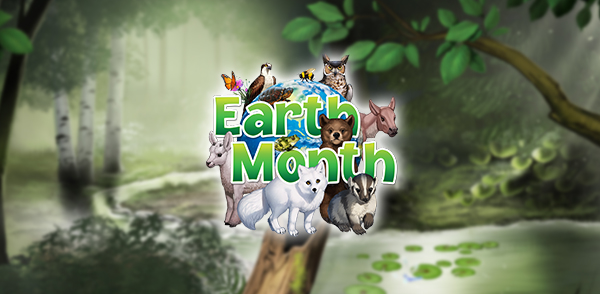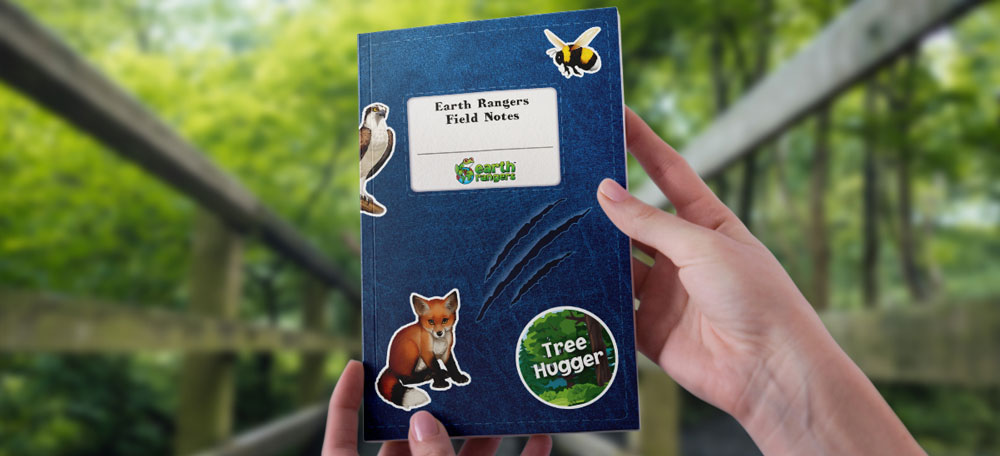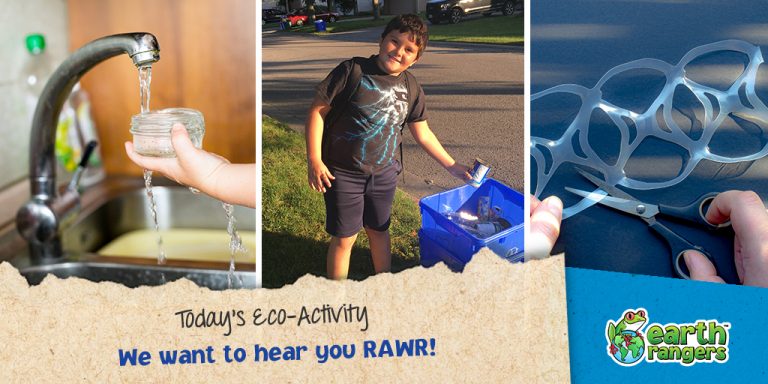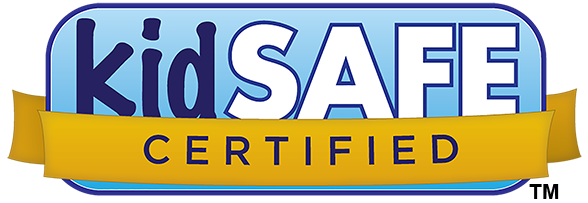They may be tiny, but did you know these fantastic fliers have one of the longest migrations in the animal kingdom? Every year they travel up to 6,000 miles round trip, making the journey south to the spend their winters in Mexico and then travelling north to breed in the grassland habitat they call home for the summer.
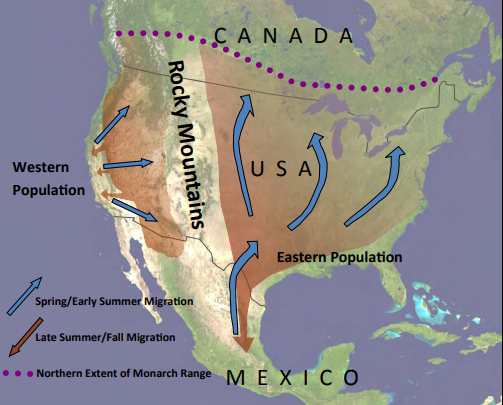

Wondering how one teeny butterfly manages to make such an epic journey? Well, the short answer is, it doesn’t! It takes multiple generations of monarchs to make the journey back home to Canada and the United States. This means that after they arrive in Mexico and soak up the sun, the first generation of migrators makes it back only a fraction of the way. They’ll stop to recharge, and while at this stopover site they’ll reproduce, leaving their offspring instead to continue where they left off.
Although it can take more than two generations of monarchs to make it home from Mexico, the group that travels south in the first place is a bit different: they can make it all the way there themselves! But completing this 3,000 mile journey requires a lot of prep. These monarchs need to be well fed and well rested by the time they’re ready to fly south, which means it’s super important that they spend their summers in a habitat that’s full of safe spaces and delicious food. The grassland habitat that stretches through the northern United States and into southern Canada is just what they need, but sadly, this habitat is disappearing.


Earth Rangers is working with Nature Saskatchewan on a project that will help conserve this important grassland habitat, which is part of what has become one of the most endangered ecosystems in the world. In Saskatchewan, it’s estimated that less than 20% of the grassland habitat that used to exist there still remains. Nature Saskatchewan is working with local land owners and managers to help them learn not only how to conserve their grassland habitat, but also to teach them how to monitor the monarchs they find there, and to share tips on making their land even better for the feeding and breeding butterflies that call it home!
On the left, animal-saving hero Becky with Nature Saskatchewan out researching on the
endangered native prairie!
Head to the Adoptions Section in the Earth Rangers App or visit the Earth Rangers Shop to get your Adoption Kit and help make a difference today!



